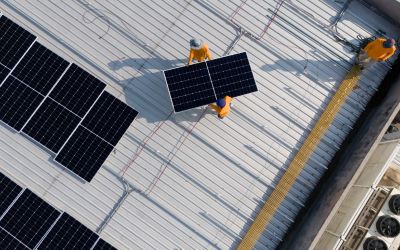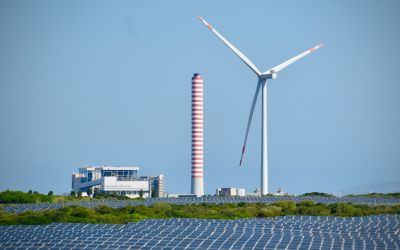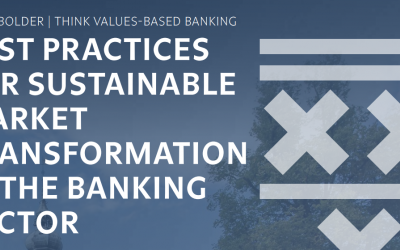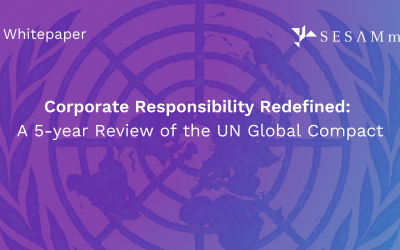Measuring What Matters: A New Approach to Assessing Sovereign Climate Risk
Four Twenty Seven’s new sovereign climate risk data provides detailed analytics that focus on key risk drivers for countries, measuring the amount of agriculture area, future population, and future GDP (PPP) exposed to climate hazards.

Increasingly severe climate conditions impose growing pressure on populations and economies around the world. The implications on economic growth, welfare, production, labor, and productivity are large, with potential material impacts on sovereign credit risk. To date there has been no granular, globally comparable assessment mapping physical climate risk exposure to the most economically productive and populated areas of a country.
Four Twenty Seven’s new sovereign climate risk data provides detailed analytics that focus on key risk drivers for countries, measuring the amount of agriculture area, future population, and future GDP (PPP) exposed to climate hazards. This new climate risk data can help deepen the understanding of sovereign and country climate risk for investors and credit institutions. It can also be used to identify areas most in need of adaptation finance and to prioritize resilience investments.
Key Takeaways
- Four Twenty Seven developed a new methodology to assess sovereign physical climate risk exposure based on the population, Gross Domestic Product (GDP) Purchasing Power Parity (PPP), and agricultural area exposed to floods, heat stress, hurricanes and typhoons, sea level rise, water stress, and wildfires.
- By 2040, we project the number of people exposed to damaging floods will rise from 2.2 billion to 3.6 billion people, or from 28% to 41% of the global population. Roughly $78 trillion, equivalent to about 57% of the world’s current GDP, will be exposed to flooding.
- Over 25% of the world’s population in 2040 could be in areas where the frequency and severity of hot days far exceeds local historical extremes, with negative implications for human health, labor productivity, and agriculture. In some areas of Latin America, climate change will expose 80-100% of agriculture to increased heat stress in 2040
- By 2040, we estimate over a third of today’s agricultural area will be subject to high water stress. In Africa, over 125 million people and over 35 million hectares of agriculture will be exposed to increased water stress, threatening regional food security.
- By 2040, nearly a third of the world’s population may live in areas where the meteorological conditions and vegetative fuel availability would allow for wildfires to spread if ignited.
- Over half of the population in the most exposed small island developing nations are exposed to either cyclones or coastal flooding amplified by sea level rise. In the United States and China alone, over $10 trillion worth of GDP (PPP) is exposed to hurricanes and typhoons.
Read the full paper here.
Moody's is an Industry Partner of the Sustainable Investment Forum Europe 2021 taking place across 4 parts in April. Register now to shape the discussion, build relationships, and network with key industry players in the global sustainable investor market.






